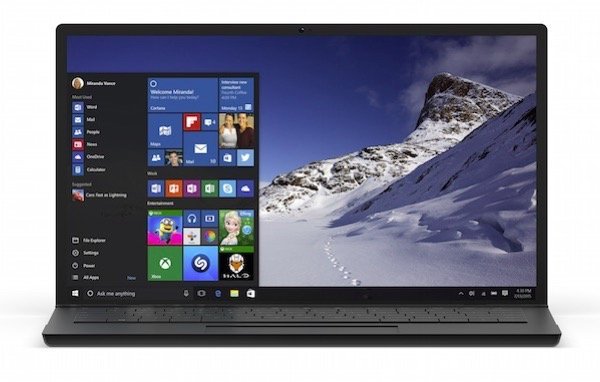Windows 10 has been plagued with privacy concerns ever since launch. Some of them have been actual valid issues due to various settings in the operating system which are opt-out rather than opt-in. Microsoft has finally taken it to their official Windows blog to address the concerns.

Microsoft has maintained the stance that they do not collect any user data which can be used to identify the user and neither do they scan any emails or files. They have also gone in detail to talk about telemetry data which is used for error reporting and bug fixing in Windows. However, this is not new and Microsoft has been doing this since the past few Windows versions. They also do not address the fact that you cannot disable telemetry. In Windows 10, users can only change the option to ‘basic’ collection of device and diagnostics data. Enterprise users will be able to disable telemetry in the future but it is baffling why this was not rolled out in the initial release. Meanwhile, the average user will still be unable to disable this for good.
Microsoft also says that they do not collect any advertising data by scanning emails or any content however it does not discuss the advertising data that it does collect.
Windows 10 has a whole section dedicated to privacy settings in the operating system but somehow, users seem to be ignoring this. Using features like Cortana means that you end up giving some information to get a personalised experience. Features like traffic, news, flight details etc have to get information about you to show your appropriate notifications.
The issue with Microsoft’s response to Windows 10 privacy concerns is that they go into details about the information they don’t collect for ads and privacy but fail to talk about what they collect in detail. I would have liked to see more information on how Microsoft collects data for ads which are displayed in apps or for typing and inking. Even the settings help page does not divulge into these details and not every person would read the Microsoft privacy statement linked from that article.
Perhaps Microsoft should skip the express settings and enable all users to read and make their choices before using Windows 10.
1 comment
Comments are closed.